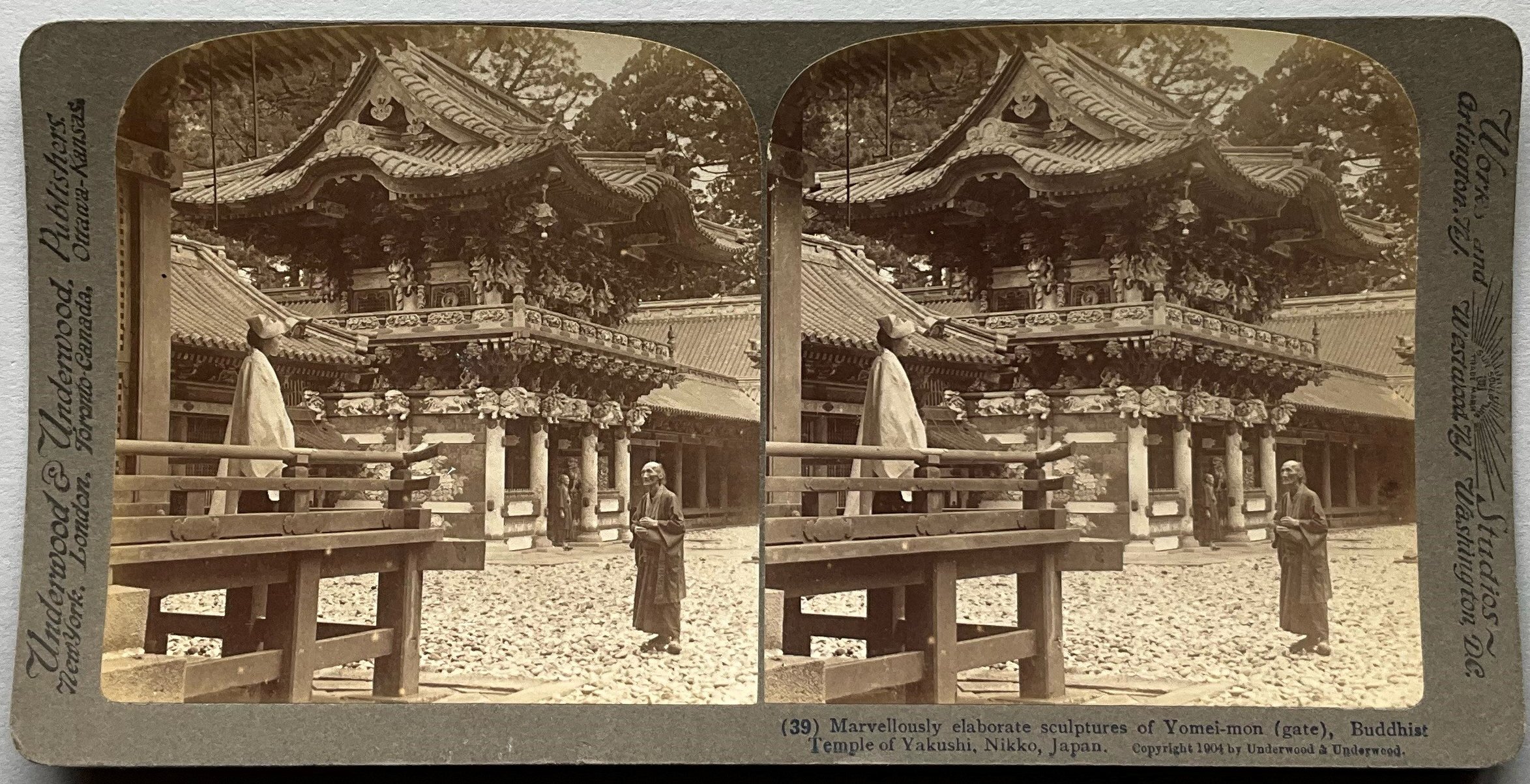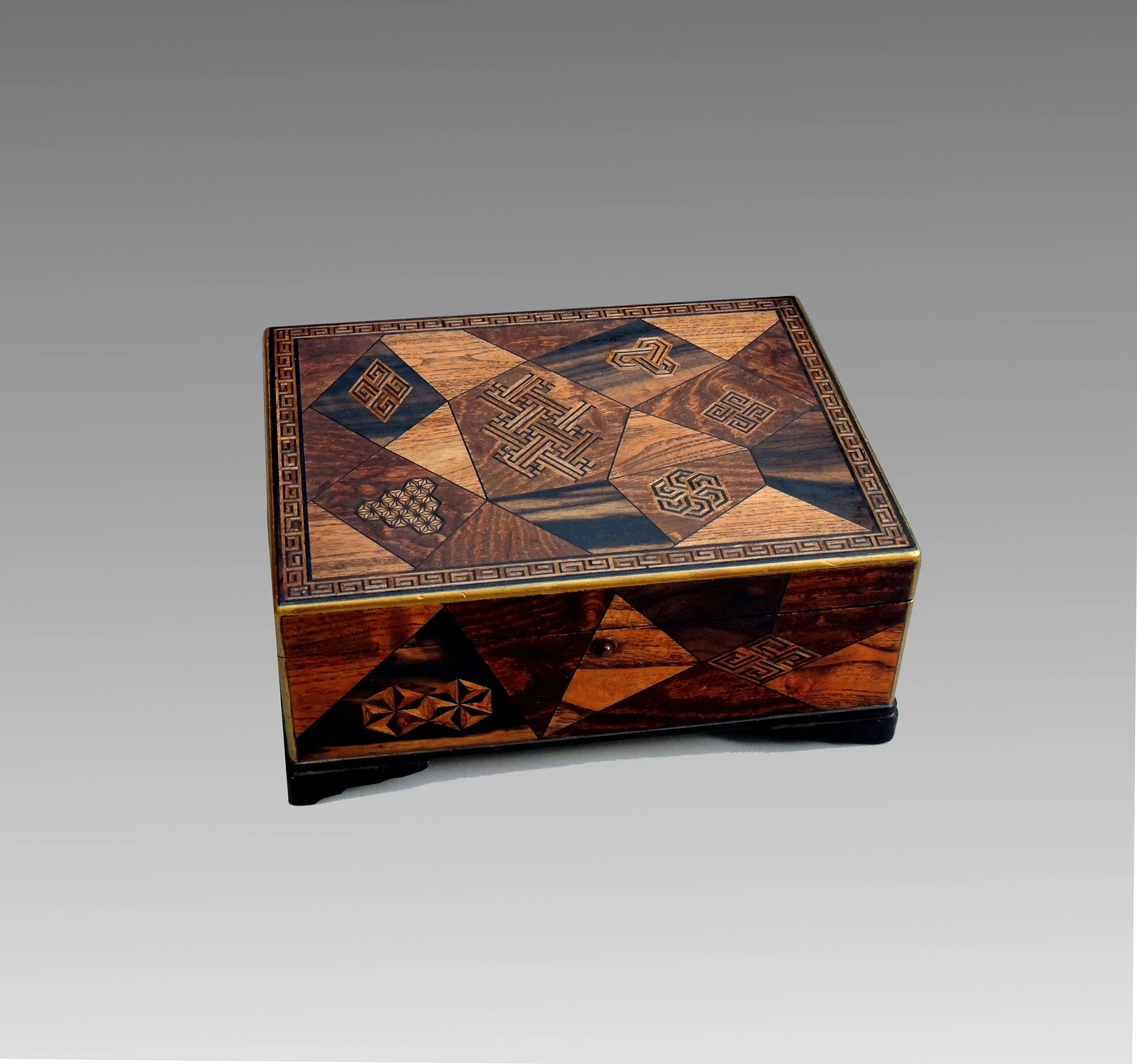Anonymous
Edo period 18th century
1615-1868
Zushi
A large wooden zushi (travelling shrine) in black lacquer exterior. Copper alloy fittings cover the box, hinged doors reveal painted lotus flowers on bright gilding inside. In the centre stands a wooden carving of the Shaka Buddha. The figure has been beautifully painted in fine gold geometric patterns and floral designs.
Shaka Buddha can be identified by a number of attributes. Most commonly seen is the rounded head representing usnis (all knowing), elongated ears representing (all hearing) and a boss on the forehead representing urna (all seeing). Other key characteristics such as standing on a lotus flower, standing with one palm and three fingers pointing up and one palm with three fingers pointing down.
Unsigned
410mm x 150mm x 110mm














